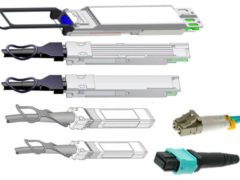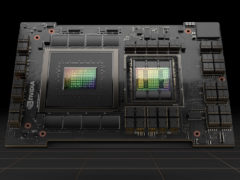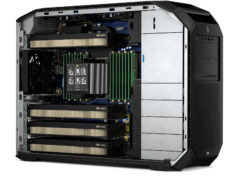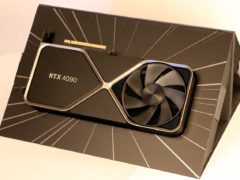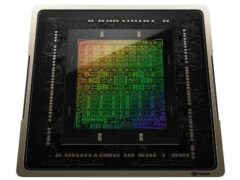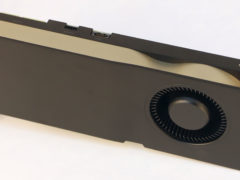
Adobe held their annual MAX conference at the LA Convention Center this week. It was my first time back since Covid, but they did host an in-person event last year as well. The MAX conference is focused on Creativity, and is traditionally where Adobe announces and releases the newest updates to their Creative Cloud apps. As a Premiere editor, and of course a Photoshop user, I am always interested in seeing what Adobe’s team has been doing to improve their products, and improve my workflows. I have followed Premiere and After Effects pretty closely through the beta programs for over a decade, but MAX is where I find out about what new things I can do in Photoshop, Illustrator, and various other apps. (And via the various sessions I also learn some old things I can do as well, that I just didn’t know about yet.)
Continue reading



